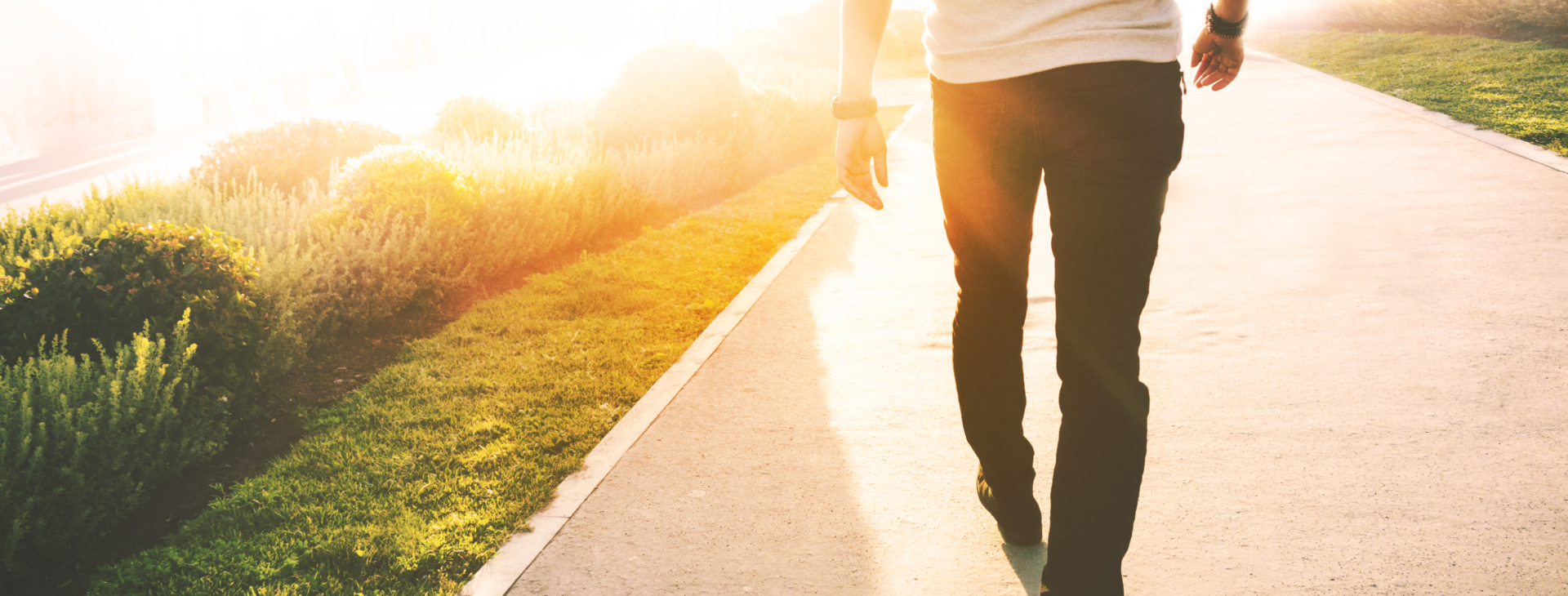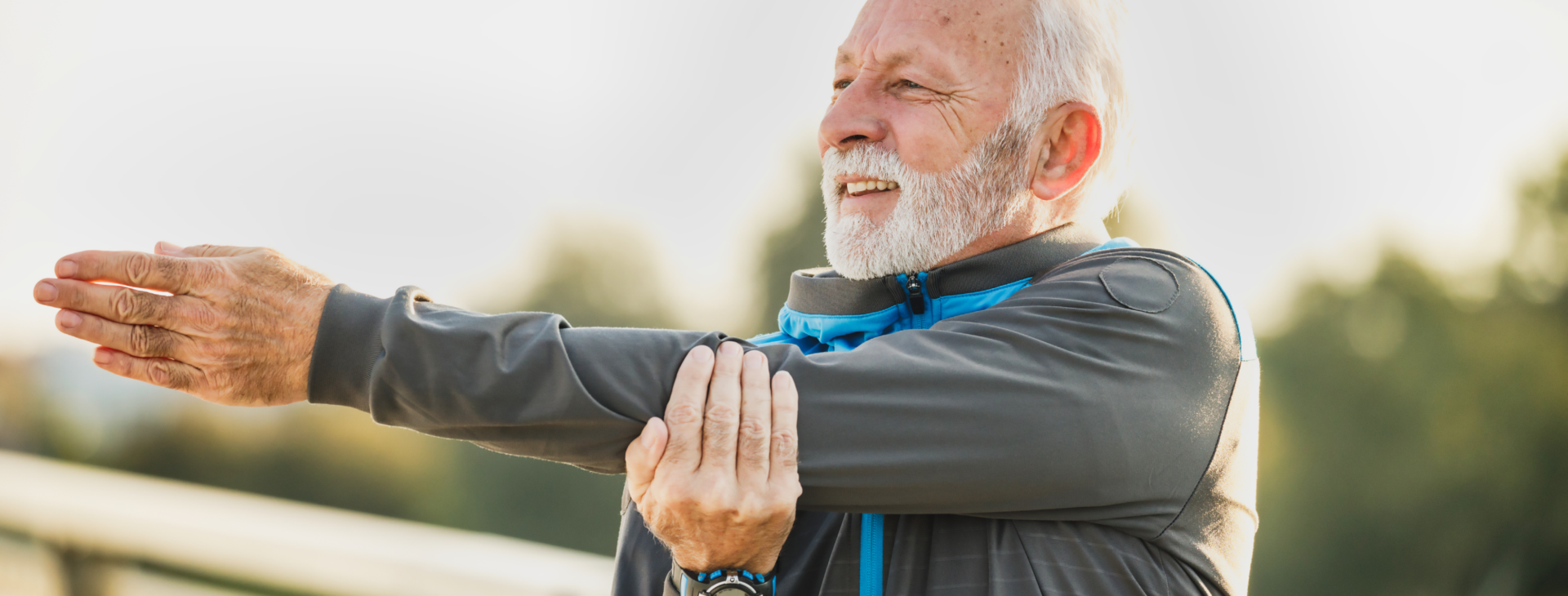How To Optimise Your Mobility
THE MOBILITY EDITION
How To Optimise Your Mobility
Our body’s requirements change throughout our lives and may include play, learning/school, sport, driving, working, caring for others and our hobbies, pastimes, and activities. Almost all our daily activities are impacted by our ability to move and at each life stage there are things we can do to support our body and mobility.

Babies & Toddlers
In the early weeks after birth, a baby’s ability to move is influenced by certain reflexes that they can’t control. The most commonly known is the grasp reflex – if you place a finger or object lightly across a baby’s palm they will tend to grip the object. This grasp reflex is also present in their feet.
There is also a suckling reflex – if you gently stroke baby’s cheek they will tend to turn their head to that side and open their mouth ready to suckle. Over time these reflex movements tend to fade and allow the baby to develop more control over their movement¹.
Did you know that at birth a baby’s head is about 1/3 to 1/4 of their height/length²? That big head is really heavy for a baby to move, and it is important to support their head and neck when lifting, carrying and moving. It is particularly important to support the baby’s head in alignment with their body when they’re in a car seat, pram or carry pouch³.
A good rule of thumb is that if your baby’s head is in a position that looks like it would be uncomfortable for you, it probably is for them too. There are things you can do to encourage your baby’s mobility and movement: Try giving your baby a light toy or rattle to hold, or press buttons that give a response like lights or music on a toy; Give your baby objects with different textures to touch – crinkly, soft, hard, warm (fluffy toy), cool (cool teething ring); Movement play or singing games with actions; Give your baby time on the floor – tummy time.
Milestone development is influenced by many things, if you are concerned about your baby’s development at any time you should seek professional advice from your child and family health service, GP or Paediatric Occupational Therapist or Physiotherapist.
Parents of Babies
Welcome to your new weight training program! As a parent it’s important to care for your own body and mobility as you care for your baby. For mum’s especially it takes time for your ligaments, abdominal muscles, and pelvic floor to recover from birth. Back and neck pain in new mums is common as you spend time feeding and holding your baby. A physiotherapy guided pregnancy recovery program can make a significant difference to your long-term core and pelvic floor strength. When carrying your baby a close fitting sling can be helpful, but you will need to make sure you have adequate abdominal and back strength to carry the load. As baby gets bigger and gains head control a framed backpack carrier can be much more comfortable than a front pouch, with the bonus of being able to have a shade cover for baby.
Teenagers
When it comes to teenagers, screen time and electronic devices may be the biggest foundation for inactivity. If there’s a way to connect your teen with sport in a peer group or structured program it will help them to understand their body and it’s capability to develop a healthy relationship and respect for their physical wellbeing, including their mobility.
For active teenagers, it’s a period where they may start to develop sporting injuries, and postural aches and pains as their bodies grow rapidly.
Other impacts on teenagers’ mobility can be caused as their bodies grow from that of a child. Like adults, postural aches and pains are influenced by how their learning or ‘resting’ environment is set up. If they’re spending hours studying in their room a proper adjustable office chair, desk at the right height and a well set up computer makes a big difference to back and neck pain.
Adults
It’s not unusual for young adults to experience a reduction in how much they move after leaving school. Many young adults give up sport, stop using public transport, and find their time taken up with work. As a young adult it’s possible to feel like you can ‘get away’ without a lot of physical exercise. However, we know that keeping physically mobile is an important determinant of health and incorporating movement into your everyday activities, or choosing and committing to your favourite exercise, will improve your long term health.
As we age our bodies can require some more deliberate attention to stay mobile. Our metabolism slows, joints get stiff, wear and tear arthritis (osteoarthritis) can impact and it can be harder to get up and moving in the morning. This is the time to adjust activity levels, focus on strength training for joint protection and to address niggles and pain if you have injuries or symptoms that aren’t improving.
The risks for many of the ‘lifestyle’ chronic health conditions that present in older adulthood can be reduced if we remain physically active. Obesity is the second most common risk factor that contributes to diseases such as cardiovascular disease, asthma, back pain, diabetes, and some cancers. We know that obesity is related to low physical activity levels, so maintaining our mobility and activity level is critically important for long term health.
Our mental health and mood also significantly impacts our mobility. Depression can make it really hard to engage in any activities, and anxiety can be a barrier to moving and connecting with others. If these are impacting you and your joy for life we always encourage you to speak to a professional mental health organisation, professional or your GP.
Older Adults

For older Australians, the loss of mobility has a significant impact on our ability to do the things we need and want to do every day. Many people may benefit from treatment and interventions to maintain strength. Gentler exercises including exercise in water (hydrotherapy), walking, or even repeated sitting and standing from a chair with a small weight can help maintain strength.
Most people want to remain in their home for as long as possible and often the key to this is maintaining the ability to move around the home safely. There are many assistive mobility devices that can help with this, including walking sticks, walkers, motorised scooters, handles for the car door or swivelling pads for the car seat.
Many older Australians experience a decline in eyesight, which can also significantly impact their ability to move around safely, judge distance and depth or drive. Regular examinations for eye health and review of optical prescription can increase confidence in moving around, especially at night.
ABOUT BRONWYN:
As an occupational therapist working within National Pharmacies the focus of my role is in helping to create healthy, safe, meaningful work for our team members. This helps our teams be in the best position to serve and support our members and customers. My role encompasses workplace safety and wellbeing and I am passionate about how we can create work and workplaces that are good for people.
References
1. https://raisingchildren.net. au/newborns/play-learning/ play-ideas/movement-play- newborns
2. https://www.dkfindout.com/ us/human-body/life-cycle/ changing-proportions/
3. https://raisingchildren.net. au/newborns/health-daily- care/holding-newborns/how- to-hold-your-newborn
4. https://www.kidsnews. com.au/health/families- encouraged-to-head-outdoors- for-playlight-savings/news-sto ry/86f3edc5770100b675d9b709 a618da9a
5. https://www.aihw.gov.au/ reports/australias-health/ overweight-and-obesity